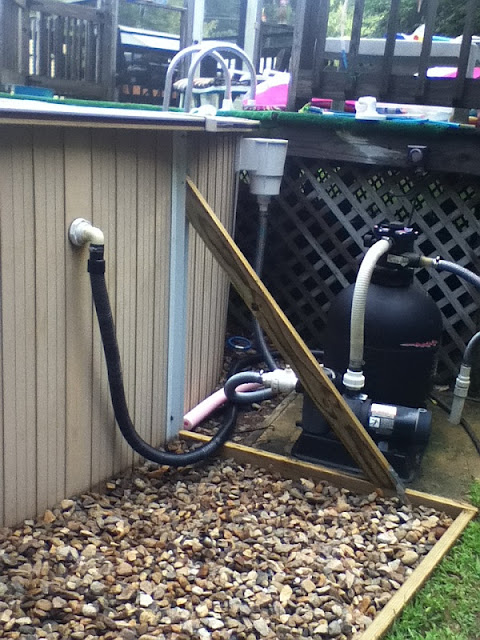 Re: AG walls
Re: AG walls
Are you sure the pool is steel? I have a round 27' Esther Williams (sister company to JW) and my pool walls look like yours(slat construction) and it is made of aluminium. Have you tried a magnet on them to verify they are steel? The only reason I ask is if you have pressure treated directly in contact with aluminium it will severely corrode the aluminium very quickly. You need to place some copper flashing between the wood and the aluminium to prevent galvanic corrosion.
27' Esther Williams above-ground





 Reply With Quote
Reply With Quote

 -
- 

Bookmarks